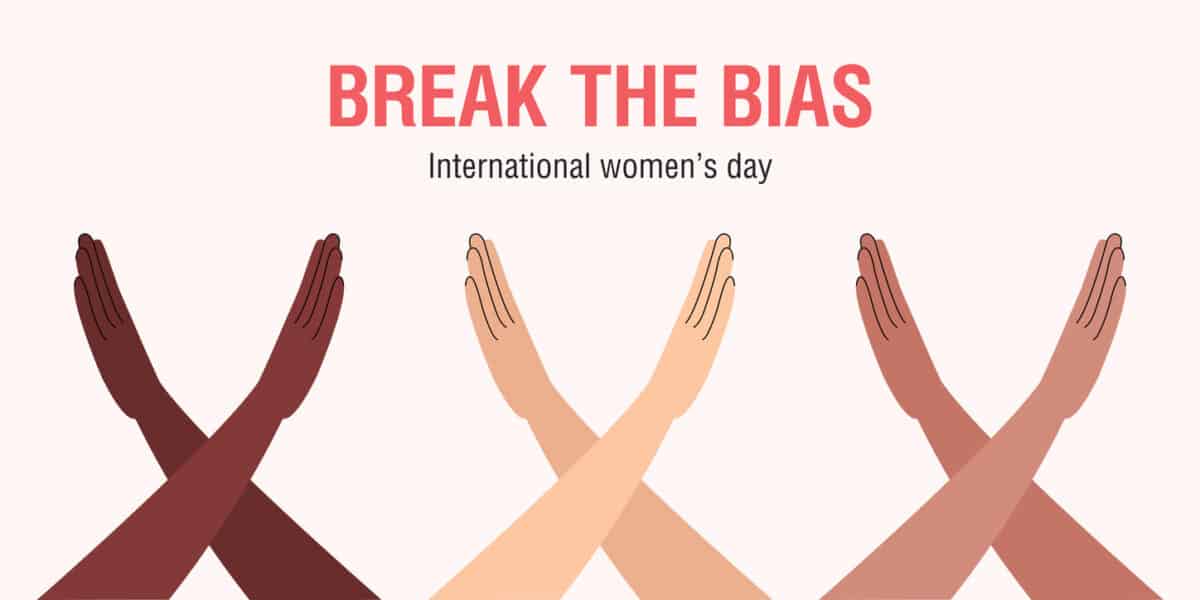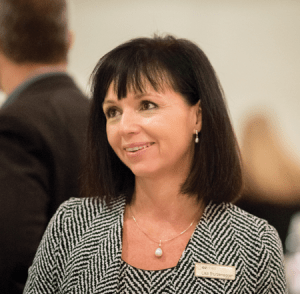March 8 is International Women’s Day, one of the biggest celebratory and lobbying days of the year. The media releases and public statements have already started rolling out over the weekend. Today and tomorrow, important speeches will be made and many will focus on workplace issues, and the subset of occupational health and safety-related matters, such as job security, respect, physical safety, psychological health and equal pay.
The challenge for the audience and the speakers is whether structural change and prevention are advocated or whether the speakers are endorsing remediation, early intervention, and other strategies that apply only after harm has occurred.


 Being
Being 
